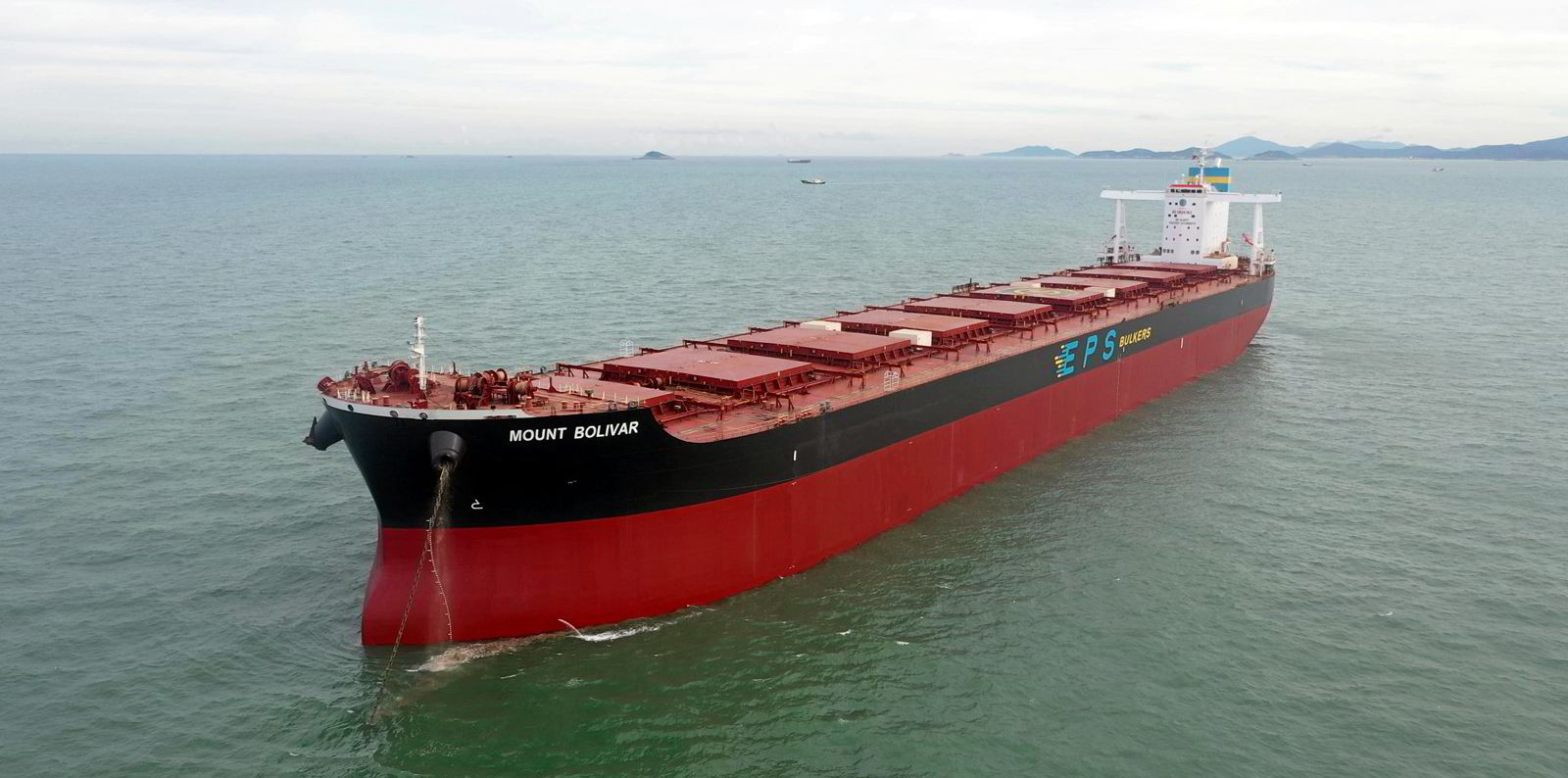The capesize bulker sector made good headway this week due to strong tonnage demand from Brazil and Australia.
The Baltic Exchange’s capesize 5TC, a spot-rate average across five key routes, logged a seven-day gain of 36.4% days to hit $32,733 per day on Friday.
“The capesize market had the wind in its sails as rates jumped in all regions,” Baltic Exchange analysts wrote on Friday in their weekly wrapup on the dry bulk market.
China-Brazil round voyages surged as the route’s average spot rate leapt 41% during the same period to $31,050 per day on Friday.
The benchmark C5 route between Western Australia and Qingdao, China, also became more lucrative as its freight rate improved 15.8% to $15.077 per tonne on Friday.
“While the Shanghai covid situation continues to hamper vessel movements across all sectors, the capesize market appears able to push as good tonnage demand comes from Brazil and Australia,” analysts said.
Australian iron ore miner BHP hired an unnamed capesize on Thursday to carry 170,000 tonnes of iron ore at $15.15 per tonne from Port Hedland, Australia, to Qingdao, with loading set for 26 to 28 May.
A week earlier, BHP fixed a to-be-nominated capesize to ship the same amount of ore on the same route at just $13 per tonne. Loading for that trip was scheduled for 18 to 20 May.
The analysts also said that the C16 backhaul route between Europe and North China “continues to amaze and disrupt”, skyrocketing 54.3% over the prior five business days to $28,500 per day on Friday.
Some are even calling it “the new front-haul route”, they added.
“This high valuation continues to be largely driven by coal demand to Europe as energy prices remain at high levels,” the Baltic analysts said.
Spot rates for smaller bulkers did not move too much over the past five business days “as activity and sentiment softened at close”, they wrote wrote.
The panamax 5TC moved up 3.4% during the week to settle at $29,545 per day on Friday, while the supramax 10TC inched upward by 0.8% to $30,272 per day.





